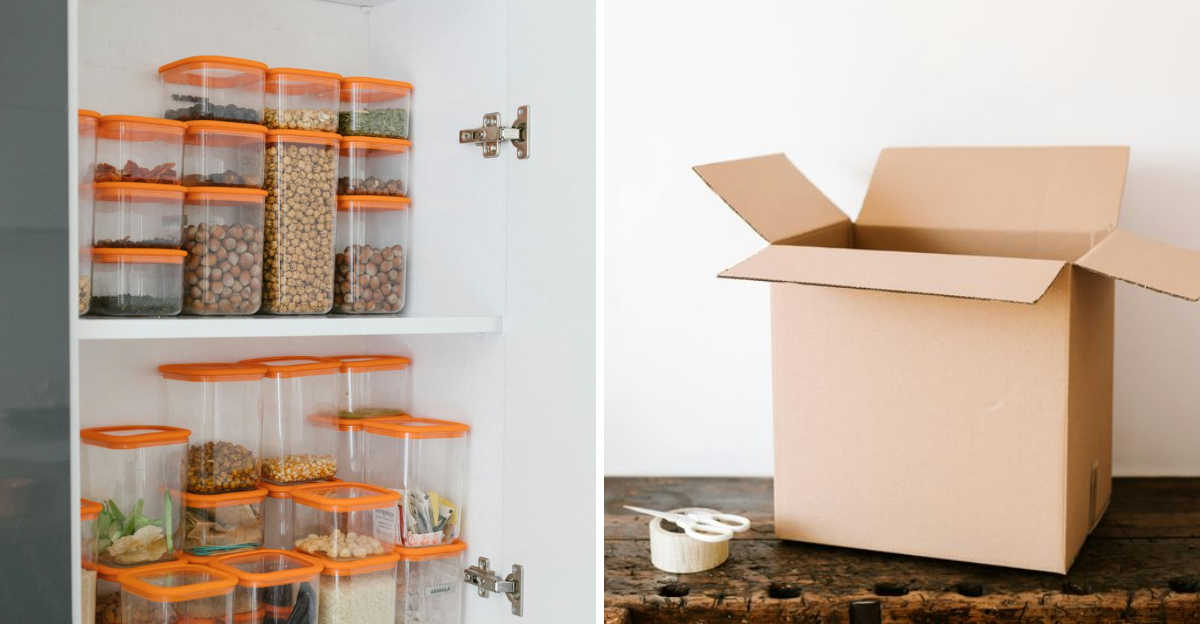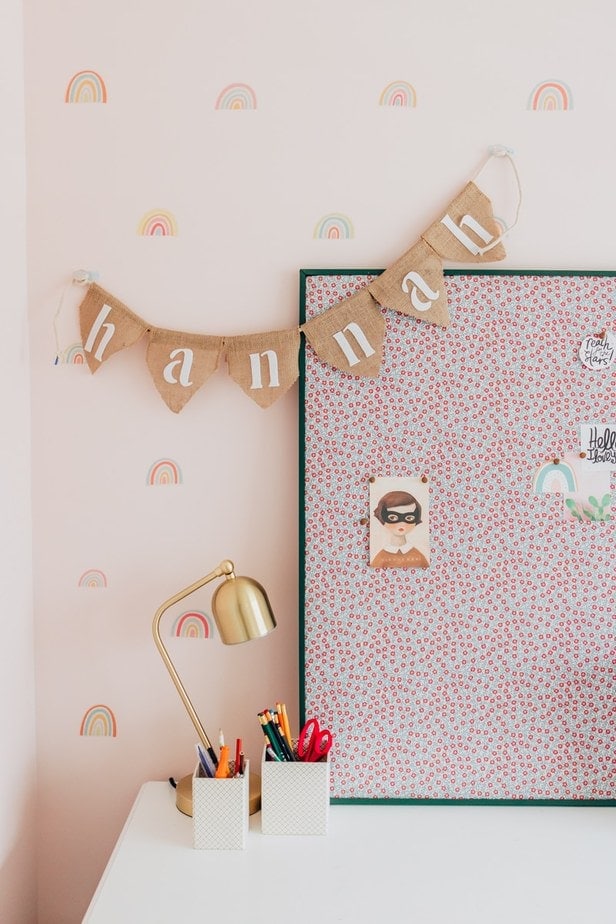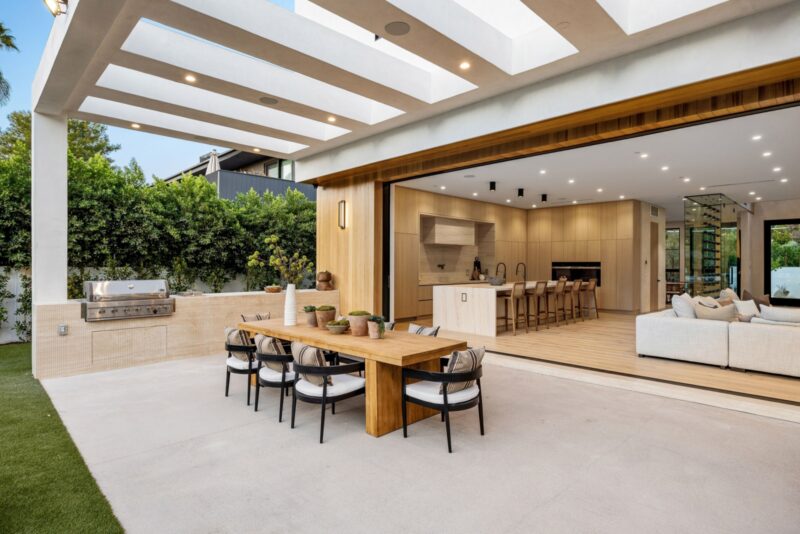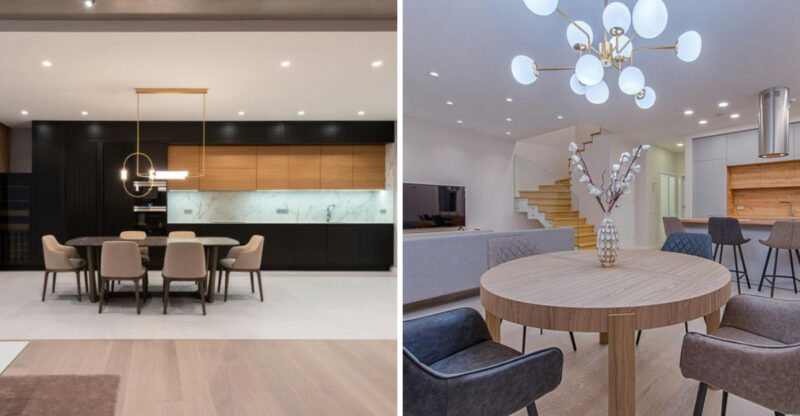15 Organizing Tips That Can Make A Difference

Getting organized isn’t just about having a tidy space – it’s about creating systems that make your life easier. When your surroundings are in order, your mind feels clearer too.
Practical organizing tips can transform cluttered chaos into peaceful productivity without requiring expensive storage solutions or complicated methods.
These tips are for general home organization and may not suit every space or lifestyle.
1. The One-Minute Rule
Never put off small tasks that take less than a minute to complete. Hanging up a coat, filing a paper, or rinsing a dish immediately prevents tiny tasks from piling up into overwhelming messes.
This simple habit creates a maintenance system that keeps spaces naturally tidy. When you handle quick tasks right away, you’ll spend less time on marathon cleaning sessions later.
Try setting a timer for just 10 minutes each day to tackle these mini-tasks. You’ll be amazed at how much you can accomplish and how much easier it is to maintain order throughout your home.
2. Zone Your Home
Create purpose-driven zones throughout your living space based on activities. A reading nook needs books, good lighting, and a comfortable chair. A bill-paying station requires pens, stamps, and important documents.
When everything has a designated zone, items are easier to find and more likely to be returned to their proper place. Family members naturally understand where things belong without constant reminders.
Start by identifying your most common activities at home, then organize your space accordingly. This approach transforms your environment to support your actual lifestyle rather than fighting against your natural habits.
3. The Four-Box Method
When decluttering, grab four boxes labeled: Keep, Donate, Store, and Trash. This forces a decision for every item you touch rather than just shuffling things around. The physical separation makes the process concrete and prevents waffling.
Work through one small area at a time – a drawer, a shelf, or a corner. Immediate sorting prevents the common mistake of creating bigger piles to deal with later.
The magic happens when you see the donate box filling up! That visual progress fuels motivation to continue, and you’ll experience the immediate satisfaction of seeing cleared spaces take shape.
4. Daily Reset Ritual
Establish a 15-minute evening reset ritual where everyone in the household returns items to their proper places. This prevents the snowball effect where small messes grow into overwhelming chaos overnight.
Focus on high-traffic areas like the kitchen, living room, and entryway. Straighten pillows, clear countertops, and make sure shoes and bags are ready for tomorrow.
The consistency of this daily habit means you’ll wake up to a fresh start each morning. Over time, this simple practice eliminates the need for marathon weekend cleaning sessions and reduces the mental load of facing constant disorder.
5. Vertical Storage Solutions
Look up, not out, when seeking storage space. Wall-mounted shelves, hanging organizers, and over-door systems utilize vertical space that’s often overlooked. This approach works wonders in small apartments and crowded closets.
In kitchens, magnetic knife strips and hanging pot racks free up valuable drawer and cabinet space. Bathroom walls can host tiered baskets for toiletries, while garages benefit from ceiling-mounted storage racks.
Vertical organization creates the visual illusion of more space by clearing floor areas. Your rooms will feel larger and more open when clutter isn’t taking up precious horizontal surfaces throughout your home.
6. Container Cataloging
Clear storage containers reveal contents at a glance, eliminating the frustration of searching through mystery boxes. For opaque containers, create a simple labeling system with categories that make sense to everyone in your household.
Take photos of what’s inside bins stored in attics or basements. Tape these photos to the outside or create a digital inventory on your phone for quick reference.
Group similar items together in containers rather than mixing categories. This prevents the common problem of having to empty an entire bin to find one small item and makes the process of both storing and retrieving items much more efficient.
7. Paper Management Station
Create a dedicated paper-processing center with three key folders: Action (bills to pay, forms to complete), Reference (manuals, receipts), and Archive (tax documents, important records). Add a recycling bin nearby for immediate disposal of junk mail.
Process papers immediately upon receiving them rather than creating piles. The physical act of touching each paper only once saves tremendous time and prevents the buildup of intimidating stacks.
Set a weekly appointment with yourself to handle the Action folder items. This scheduled time ensures important tasks don’t fall through the cracks while preventing paper management from becoming an overwhelming daily burden.
8. Doorway Drop Zones
Create an organized landing spot near your most-used entrances to capture items that typically get scattered. A simple bench with hooks above and baskets below provides seating for removing shoes, hanging coats, and storing bags.
Assign each family member their own hook and basket to prevent morning scrambles looking for essentials. The physical boundaries of these containers naturally limit accumulation of clutter.
Add a small tray for keys, sunglasses, and wallets to eliminate the daily “where are my keys?” panic. This intentional transition space between outside and inside creates a buffer that prevents outdoor items from migrating throughout your home.
9. Seasonal Rotation System
Implement a twice-yearly rotation of clothing, decor, and kitchen items based on seasonal needs. Store off-season items in clearly labeled containers to free up prime real estate in closets and cabinets for things you’re actively using.
Schedule these rotations on your calendar during transitional weather periods. The physical act of handling each item provides natural opportunities to evaluate what to keep, donate, or discard.
This system prevents closets from becoming overstuffed with rarely-used items. You’ll enjoy the refreshing feeling of “shopping” your own stored treasures when the seasons change, rediscovering forgotten favorites rather than buying new things.
10. Five-Minute Focused Cleanup
Set a timer for just five minutes and tackle one small area – a counter, a drawer, or a shelf. The time constraint makes the task feel manageable and prevents the overwhelm that leads to procrastination.
Focus solely on that specific area rather than getting distracted by other messes. You’ll be amazed at how much you can accomplish in five concentrated minutes without interruptions or side quests.
Chain these mini-cleanups throughout your week for cumulative impact. Three five-minute sessions daily adds up to nearly two hours of organizing each week without ever feeling like you’ve spent significant time cleaning.
11. Digital Decluttering Routine
Your digital spaces need organization just like physical ones. Create a folder system on your computer that mirrors how you think about your files – by project, client, year, or whatever makes intuitive sense to you.
Schedule monthly maintenance sessions to delete unnecessary photos from your phone. Move important ones to secure storage and organize them into albums that make memories easy to find and enjoy.
Unsubscribe from email newsletters during each morning email check. This small habit gradually reduces inbox clutter and the mental burden of processing unwanted messages, giving you back precious time and attention.
12. The Empty Space Rule
Deliberately leave some shelves, drawers, and surfaces partially empty. This breathing room creates visual calm and provides flexibility for your organizing systems to adapt as needs change.
Resist the urge to fill every available space. When storage areas are packed to capacity, the entire system becomes rigid and difficult to maintain because there’s no margin for the natural ebb and flow of possessions.
Apply this principle especially in high-traffic areas like entryways and kitchens. The empty space serves as a buffer that prevents chaos during busy times and gives your eyes a place to rest in an otherwise full environment.
13. Cord Control Strategy
Tame the tangle of electronic cables using simple toilet paper tubes labeled for each cord. This zero-cost solution prevents the frustrating jumble that occurs behind entertainment centers and under desks.
Use velcro cable ties for cords that need to remain plugged in but organized. Coil excess length to prevent tripping hazards and make cleaning easier around electronic equipment.
For frequently used chargers, create a charging station using a small box with notches cut in the side. This keeps cables accessible but neat, preventing them from sliding behind furniture when unplugged from devices.
14. Frequency-Based Arrangement
Store items based on how often you use them. Daily-use objects belong at eye level in easily accessible locations, while occasional items can live on high shelves or in deeper storage.
In kitchens, this means everyday dishes on middle shelves and holiday platters up high. In closets, current-season clothes should hang at eye level with special occasion outfits toward the back.
Rearrange medicine cabinets so first-aid supplies and daily medications are front and center. This simple principle reduces frustration and saves time by minimizing how often you need to hunt for things or move other items out of the way.
15. The Donation Pipeline
Keep an ongoing donation box in a closet or garage. When you come across items you no longer need, place them directly in this container rather than putting them back into storage or leaving them out.
Schedule monthly drop-offs to your local charity to prevent the donation box from becoming permanent storage. The regular deadline creates healthy pressure to make decisions about borderline items.
Take a photo of each donation load for tax purposes and as a visual reminder of your decluttering progress. This positive reinforcement builds momentum for continued organizing efforts and helps overcome the common tendency to hold onto things “just in case.”






